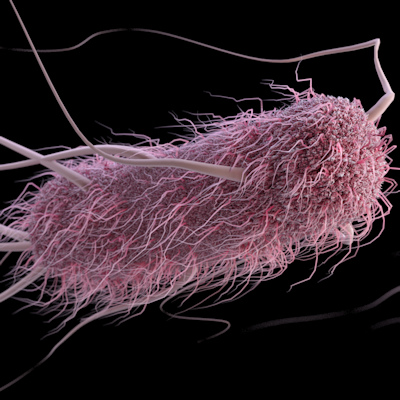 Scientists develop new bacterial tool to improve, speed drug manufacturing
Scientists develop new bacterial tool to improve, speed drug manufacturing
A new bacterial tool developed by scientists at the University of Texas at Austin has the potential to improve and speed up the drug manufacturing process, according to an article published on July 7 in Nature Chemical Biology. Read More
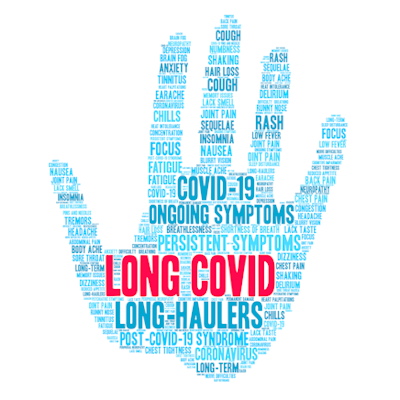 Bruker launches new assay for long COVID syndrome
Bruker launches new assay for long COVID syndrome
Bruker debuted its PhenoRisk PACS RuO, a research use only nuclear magnetic resonance test for molecular phenomics research on long COVID patients’ blood samples. Read More
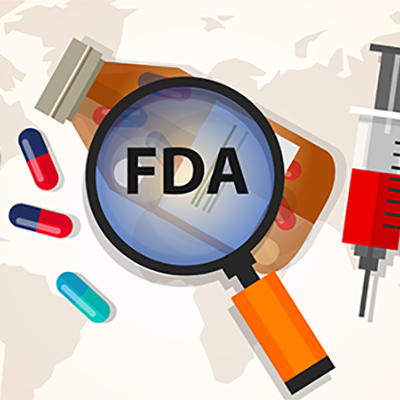 FDA approves Teva Pharmaceuticals’ CU method
FDA approves Teva Pharmaceuticals’ CU method
The U.S. Food and Drug Administration (FDA) approved a content uniformity (CU) method from Teva Pharmaceuticals that uses the Agilent TRS100 Raman quantitative pharmaceutical analysis system. Read More
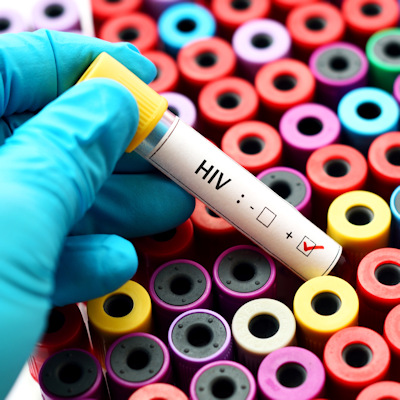 Researchers unlock the secrets of HIV protein
Researchers unlock the secrets of HIV protein
Researchers from the Salk Institute and Rutgers University have determined the molecular structure of HIV Pol, a protein that plays a key role in the late stages of HIV replication. Read More
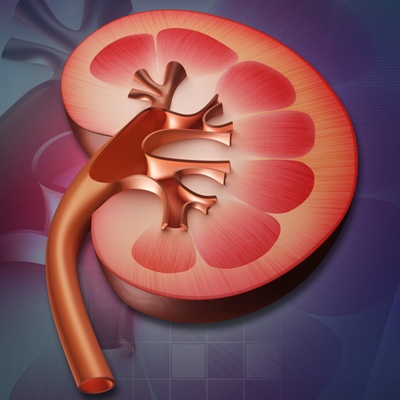 Mini kidneys reveal secrets of tuberous sclerosis complex
Mini kidneys reveal secrets of tuberous sclerosis complex
Researchers from Ottawa, Ontario have discovered which cells cause tumors in patients with tuberous sclerosis complex by creating genetically engineered kidney organoids, or “mini kidneys” grown from human tissue. Read More
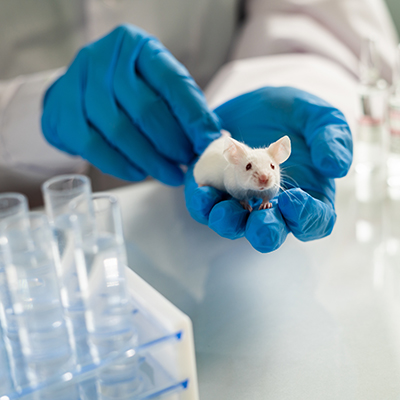 Scientists able to visualize mRNA molecules in brains of living mice
Scientists able to visualize mRNA molecules in brains of living mice
A team of researchers has developed a new imaging technique that gives scientists a real-time view into mRNA synthesis and gene expression in the brain of a mouse while it is still alive. Read More
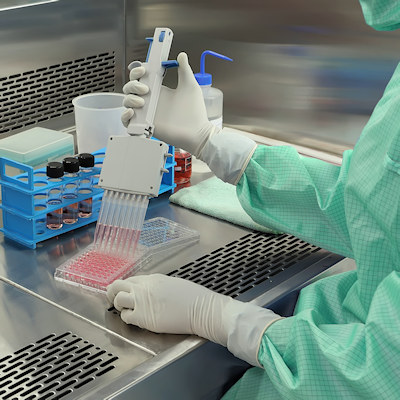 Researchers find how EGFR sends signals into cells, could help cancer drug design
Researchers find how EGFR sends signals into cells, could help cancer drug design
Chemists at the Massachusetts Institute of Technology have revealed how the epidermal growth factor receptor (EGFR) changes its shape when it binds to its target and how those changes trigger cells to grow and proliferate. Their insights into EGFR could help researchers design new cancer drugs that target this protein. Read More
 Scientists use new method to better distinguish between mirror-image substances
Scientists use new method to better distinguish between mirror-image substances
Researchers have developed a new method to better distinguish between mirror-image substances, an important capability in drug development as two variants can cause completely different effects in the human body. Read More
 NIH study shows how immune response to COVID-19 damages the brain
NIH study shows how immune response to COVID-19 damages the brain
A National Institutes of Health (NIH) study, which examined brain changes in nine people who died suddenly after contracting COVID-19, found that antibodies are involved in the attack on cells lining the brain's blood vessels, leading to inflammation and damage. Read More
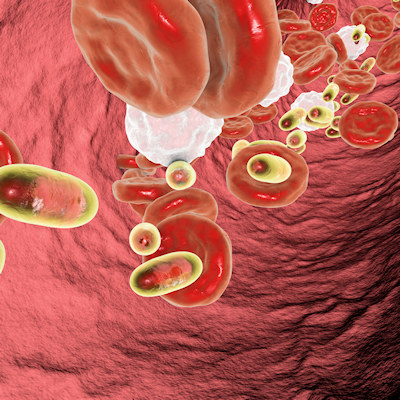 Ga. researchers combine DNA barcoding, target sequencing
Ga. researchers combine DNA barcoding, target sequencing
Researchers in Georgia have developed a system to make preclinical nanoparticle studies more predictive that combines DNA barcoding with a multiomic nanoparticle delivery system called single-cell nanoparticle targeting-sequencing. Read More
Member Rewards
Earn points for contributing to market research. Redeem your points for merchandise, travel, or even to help your favorite charity.
Research Topics
Interact with an engaged, global community of your peers who come together to discuss their work and opportunities.
Connect
Tweets by @ScienceBoard



